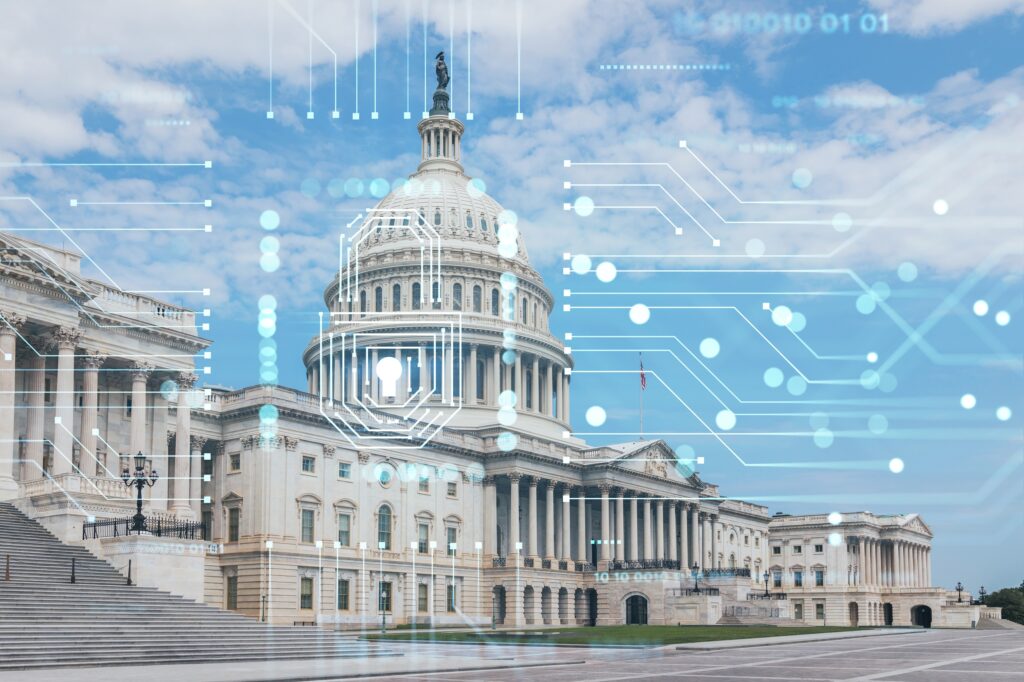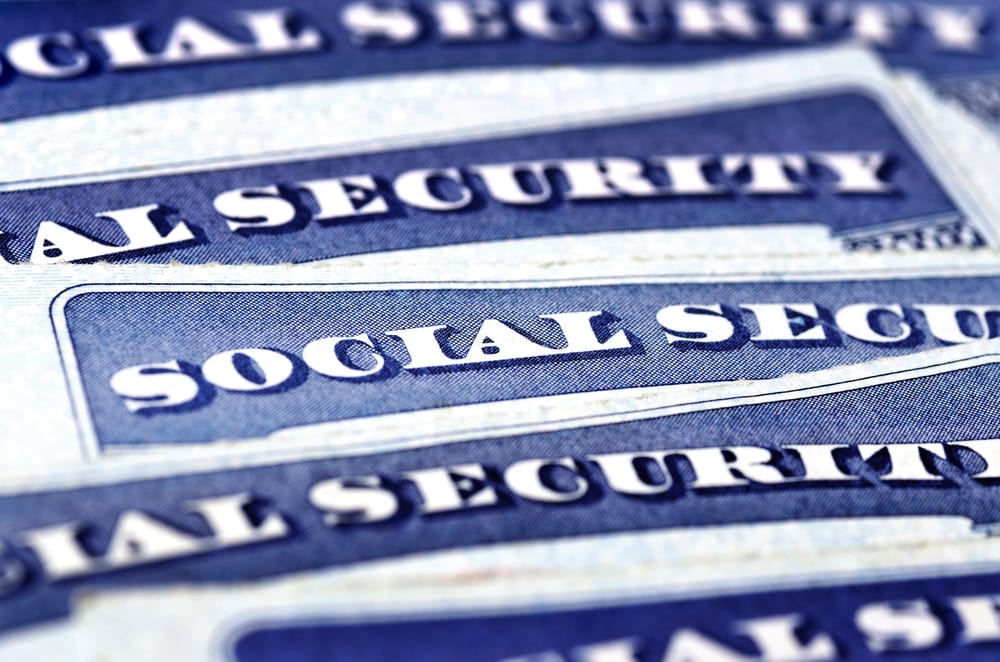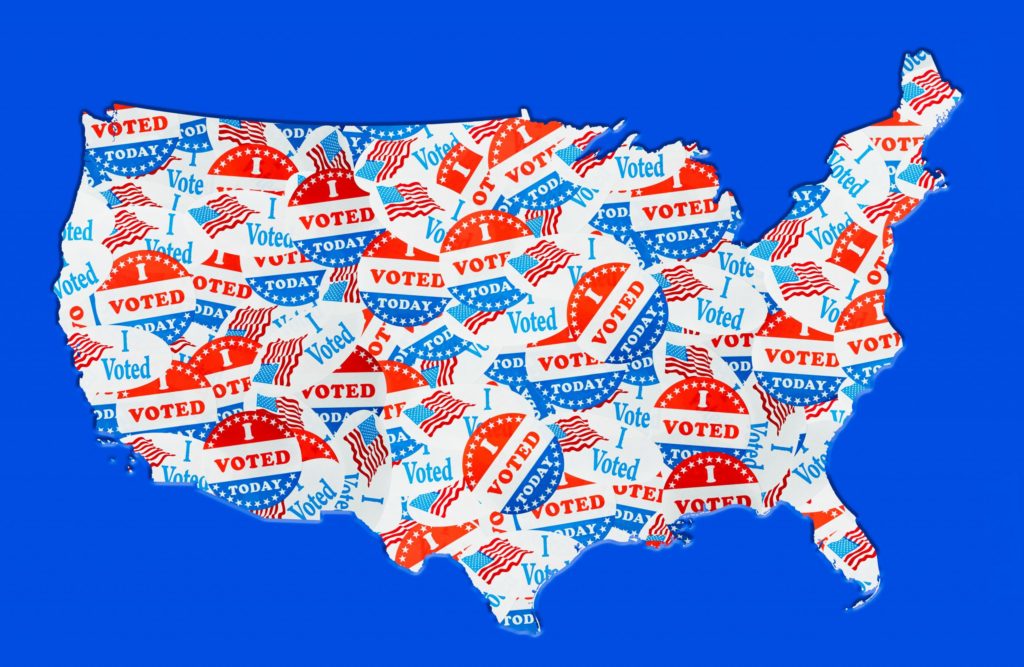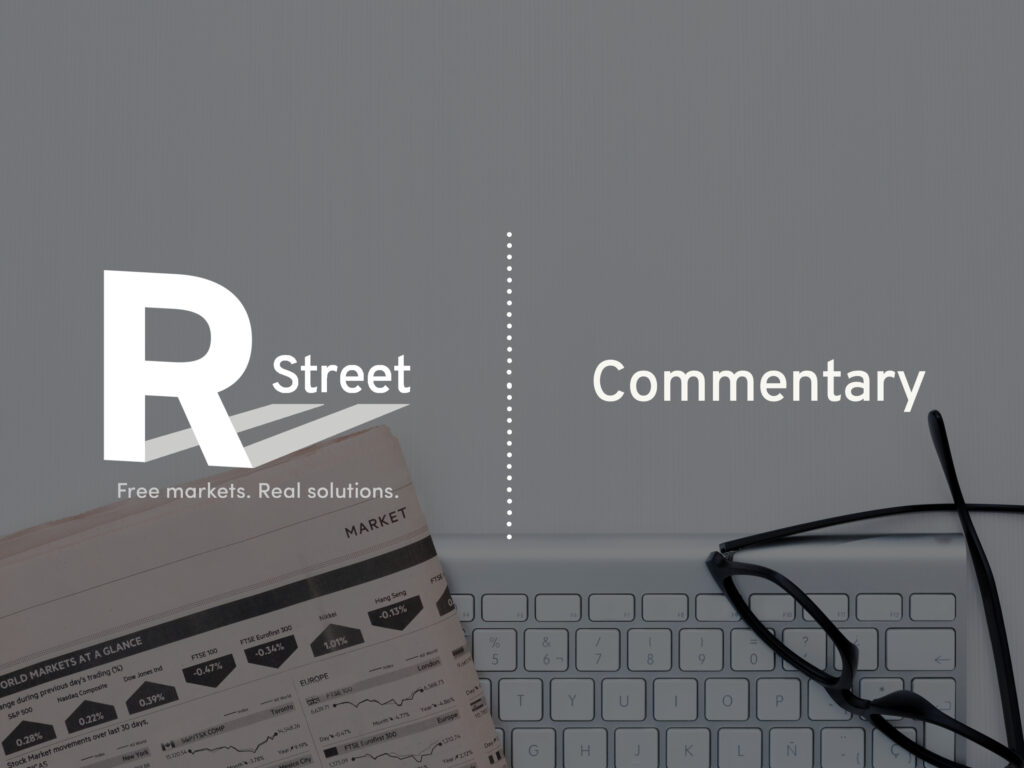A practical alternative to capping Lyft and Uber
“If it ain’t broke, don’t fix it.” So the saying goes. Unfortunately, in the case of New York City, the iconic subway system is financially broke and physically broken; to the tune of an estimated $43 billion. The New York City Council has come running; but not to help.
In an unprecedented move, the council voted recently to approve a legislative package that will establish significant boundaries for transportation network companies that operate in the Big Apple. While the bills have emerged under the guise of improving mobility in the city, they will instead make matters worse by forcing people onto the city’s already overburdened public transportation systems and making it more difficult for people in the outer boroughs to catch a ride.
Without question, the most significant blow that these bills deal to for-hire-vehicle giants such as Uber, Lyft and Via operating in New York City, comes in the form of a one year freeze, or cap, on all new e-hail companies. During this time, city officials will take an in-depth look at the industry and its implications with a specific focus on utilization, congestion, driver income, and neighborhood service.
In a statement, New York Mayor Bill de Blasio commended the council for its vote, arguing the cap would “stop the influx of cars contributing to the congestion grinding our streets to a halt.” He called the growth of ride-hailing a “crisis” and said the services are clogging streets and “driving New Yorkers into poverty.” After a series of public hearings, the mayor signed the measure into law.
Fixing congestion in Manhattan is a major issue for New Yorkers, and the idea of capping the number of cars that cross the city’s bridges and tunnels is appealing. But this isn’t a particularly effective way to achieve the goal fewer downtown cars in the nation’s most transit-dependent city.
Road space is limited, and in a place like Manhattan, there’s every reason to believe that limiting the number of for-hire vehicles on the roads would just see the same cars replaced with personal vehicles and delivery trucks.
Last year, The New York Times reported that the city had about 60,000 for-hire vehicles on the road, complemented by more than 13,000 medallioned taxi cabs. The two groups of drivers split the for-hire ride market of nearly 600,000 daily rides citywide roughly in half, although market share has trended toward the new entrants for years. In addition, Port Authority data show that the island typically sees between 9 and 10 million monthly vehicle crossings on its bridges and tunnels.
The path to a Manhattan where congestion is managed appropriately will require political decisions that address all sources of traffic. One solution could come by way of the Port Authority. The agency currently prices its bridges and tunnels using four static toll rates, with higher fees during peak hours and for paying cash, and lower fees for overnight deliveries. Replacing this with toll prices that change based on congestion conditions would control the flow of all types of vehicles, making real congestion relief much more likely than the current proposal can hope to do. Pricing like this is currently in place in Stockholm, whose city center is, like New York’s, on an island. However, as the Port Authority is a bistate entity, any change like this would require consent from Albany, where a congestion-pricing plan was shot down a few months ago.
Limiting the availability of reliable transportation in a city with a population of 8.6 million is a terrible idea. What’s worse, infrastructure for the existing mass transit option, the subway, is in dire straits. It’s time the New York City Council gets serious about improving movement in the Big Apple.









